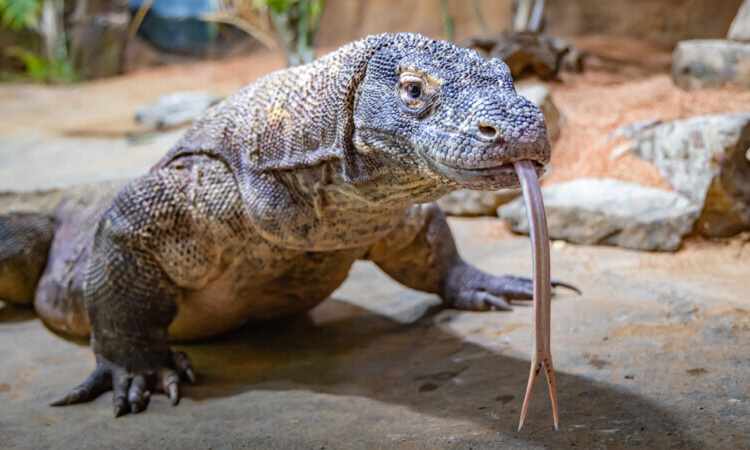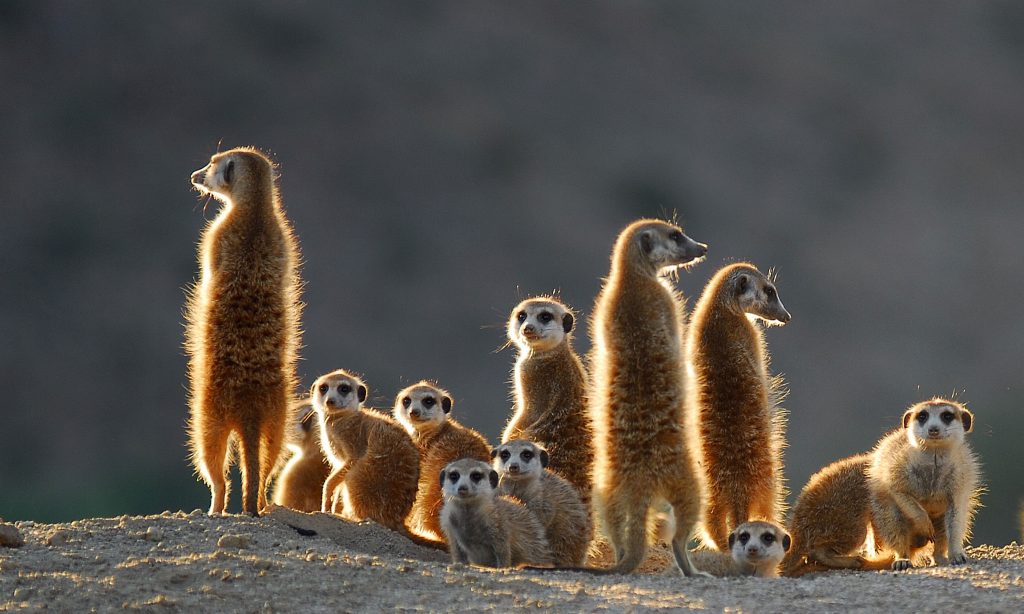Lynx Cat: The Enigmatic Feline of the Wild
The lynx cat is one of nature’s most fascinating feline species, known for its striking appearance and elusive behavior. As climates change and ecosystems shift, understanding the biology and habitat of the lynx can aid in conservation efforts and enrich our appreciation for wildlife. Let’s delve deeper into the world of this extraordinary cat.
Physical Characteristics of the Lynx
Lynx cats are easily recognizable by their tufted ears, short tails, and padded paws that act like snowshoes in snowy environments. There are four species of lynx: the Eurasian lynx, the Canadian lynx, the Iberian lynx, and the bobcat, each with unique attributes. Generally, they have thick fur that varies in color from grayish to reddish-brown, with distinctive spotting. Their large, expressive eyes are adapted for low-light conditions, making them excellent nocturnal hunters. This special appearance not only adds to their charm but also plays a key role in their survival strategies in diverse habitats.
Habitat and Distribution
Lynx cats inhabit a range of ecosystems, from the boreal forests of Canada to the rugged mountains of Europe. They thrive in areas rich in vegetation, which provides them with ample cover for stalking prey. The Canadian lynx, for example, is known to rely heavily on snowshoe hares for food, demonstrating the intricate balance between species in an ecosystem. With their natural habitat often overlapping with human development, environmental changes and habitat loss pose significant threats to their populations. Understanding their distribution helps inform conservation efforts and highlights the importance of preserving these wild spaces.
Behavior and Diet
Lynx cats are solitary animals, typically roaming their territories alone except during mating season or when a mother is raising her young. They are crepuscular, meaning they are most active during dawn and dusk, leveraging the cover of twilight to hunt. Their diet mainly consists of small to medium-sized mammals, birds, and sometimes even fish, depending on their location. This adaptability in diet allows them to survive in various environments. Intriguingly, they have a keen sense of hearing, which aids in detecting prey even under snow, showcasing the remarkable adaptations that make the lynx such an effective predator.
In Conclusion
The lynx cat is a captivating subject, embodying the beauty and complexity of the natural world. As we learn more about these elusive creatures, we can better appreciate the ecosystems they inhabit and the challenges they face. If you’re intrigued by the lynx and want to dive deeper into the topic, consider supporting wildlife conservation efforts or visiting a local wildlife reserve. Together, we can help ensure that future generations can marvel at these magnificent felines in the wild. Happy exploring!




